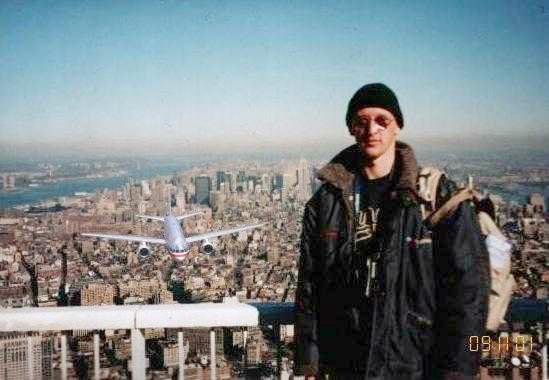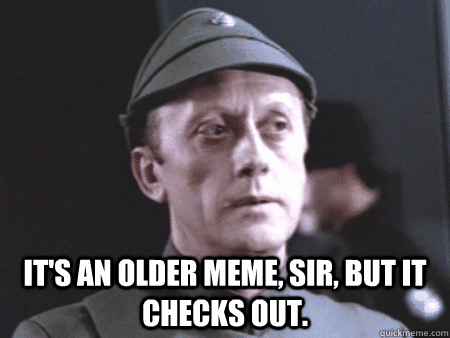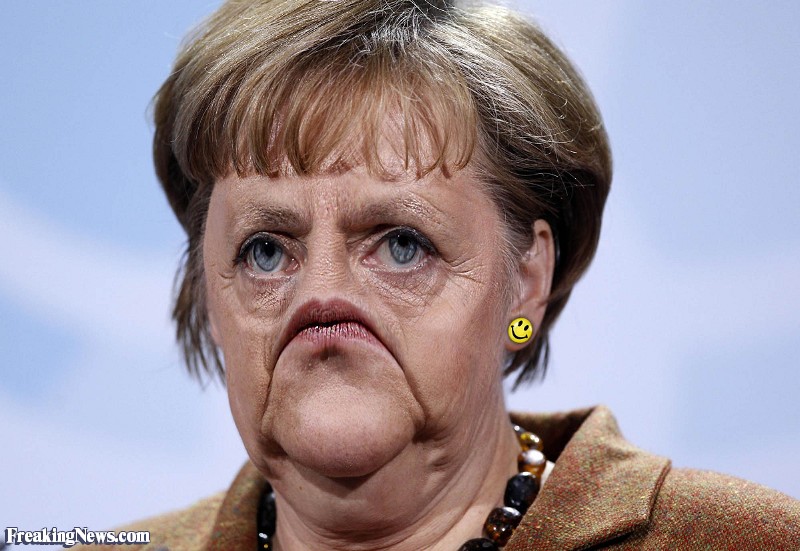

Posted on 06/23/2018 7:30:21 AM PDT by BenLurkin
Think of sharks swimming in the streets of New Jersey after Hurricane Sandy, or someone flying a "where's my damn dinner?" banner over a women's march. Those images were fake, but clever manipulation can trick news outlets and social media users into thinking they're real.
Whenever someone alters an image, unless they are pixel perfect in their work, they always leave behind indicators that the photo is modified. Metadata and watermarks can help determine a source image, and forensics can probe factors like lighting, noise distribution and edges on the pixel level to find inconsistencies. If a color is slightly off, for instance, forensic tools can flag it. But Adobe wagers that it could employ AI to find telltale signs of manipulation faster and more reliably.
The AI looks for three types of manipulation: cloning, splicing and removal. Cloning (or copy-move) is when objects are copied or moved within an image, such as parts of a crowd duplicated to make it seem like there are more people in a scene. Splicing is where someone smushes together aspects of two different images, like the aforementioned sharks, which were grabbed from one photo and blended into another showing flooded streets.
As is typical with machine learning methods, the Adobe team, along with University of Maryland researchers, fed the AI tens of thousands of phony images to teach it what to look for....
The AI uses a pair of techniques to hunt for artifacts. It looks for changes to the red, green and blue color values of pixels. It also examines noise, the random variations of color and brightness caused by a camera's sensor or software manipulations. Those noise patterns are often unique to cameras or photos, so the AI can pick up on inconsistencies, especially in spliced images.
(Excerpt) Read more at engadget.com ...


Good. Let them apply it to the Kenyans birth certificate.
Fat chance
Comming soon, Photoshop plugins to correct this issue.
Gimp may already have a tool kit cover your tracks?
>>Whenever someone alters an image, unless they are pixel perfect in their work, they always leave behind indicators that the photo is modified.
Most digital photos these days are manipulated, heavy use of filters, cropping, some cut and paste or shadowing. Supposedly they were going to stop giving Pulitzers to digital photographers.
None of this addresses staged photos (think of the shot of 20 photographers getting a closeup of the Palestinian woman crying at the “wall” while her son giggles at all of the attention the press is giving.
None of this addresses misattributed photos (the 2014 photo of child abuse under President Obama or the protester’s photo of is kid at a rally behind “bars”).
Excellent points
This will simply provide the ability to train their increasingly sophisticated manipulation tools against the manipulation detection algorithm until it can’t tell the difference.
For a while. The news media types will just create software that creates fake photos that avoid detection.

Adobe only exists because of photo and document doctoring, no?
why don’t they just shut themselves down?
You can’t fool me. Frau Merkel’s earrings were originally frowning.
Early in the Presidential campaign, remember how the Fake News, CNN especially, was altering Mr. Trumps hair color into ghastly shades.
TWB
Will they have a statement regarding the *cough* Birth Certificate *cough*?
Kind of useless if you ask me. Most intelligent people can use their common sense and other techniques to determine if a photo is Photoshopped or not. Only idiots and the commie lib snowflakes were fooled by this week’s Time ragzine cover.
Beat me to it.

That hand looks awful funny
Obamy’s picture in the swim trunks gave him biceps, a six pack, enhanced his genitals and changed the color of his trunks.
Whatever happened to Travelin’ Guy?

Disclaimer: Opinions posted on Free Republic are those of the individual posters and do not necessarily represent the opinion of Free Republic or its management. All materials posted herein are protected by copyright law and the exemption for fair use of copyrighted works.